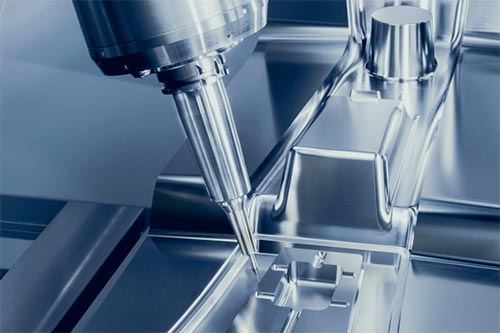How much does it cost to get a prototype made?
Views: 836 Update date: Mar 06,2024
In the realm of product development, the journey from concept to market-ready often begins with the creation of a prototype. These early-stage models serve as tangible representations of ideas, allowing creators to evaluate designs, test functionalities, and gather feedback before proceeding to full-scale production. However, one question looms large for many aspiring innovators: How much does it cost to get an aluminum prototype made?Creating an aluminum prototype involves a blend of artistry, precision, and investment. Here's a breakdown of the key cost components:
1. Material Costs
Aluminum, renowned for its lightweight yet sturdy properties, is a preferred choice for prototypes across industries. The cost of aluminum varies based on factors such as grade, thickness, and quantity required for the prototype.
2. Machining Expenses
Transforming raw aluminum stock into a functional prototype entails a series of machining processes, including milling, turning, and drilling. The complexity of the design and the intricacy of machining operations influence the overall cost.
3. Labor and Expertise
Skilled labor is indispensable in the prototyping journey. From design engineering to CNC machining and assembly, professionals play a pivotal role in translating conceptual visions into physical realities. Labor costs encompass expertise, time, and resources dedicated to prototype development.
4. Additional Costs
Beyond material and labor expenses, additional costs may arise during the prototyping process. These could include shipping fees, taxes, and unforeseen expenditures necessitated by design revisions or unexpected challenges encountered along the way.
Prioritize Design Simplicity: Simplifying the design without compromising functionality can streamline machining processes and reduce costs.
Material Selection: Carefully selecting the appropriate aluminum alloy based on project requirements and budget constraints can optimize material costs.
Partner with Experts: Collaborating with experienced professionals and utilizing advanced machining technologies can enhance efficiency and minimize errors, ultimately saving time and money.
Plan for Contingencies: Building a buffer for unforeseen expenses ensures financial resilience in the face of unexpected challenges or design iterations.
In conclusion, while the cost of creating an aluminum prototype varies based on numerous factors, including design complexity, material selection, machining processes, labor, and unforeseen contingencies, informed decision-making and strategic planning can empower creators to navigate the prototyping journey with confidence. By understanding the investment required and implementing cost-effective strategies, innovators can transform their ideas into tangible prototypes that pave the way for future success.




